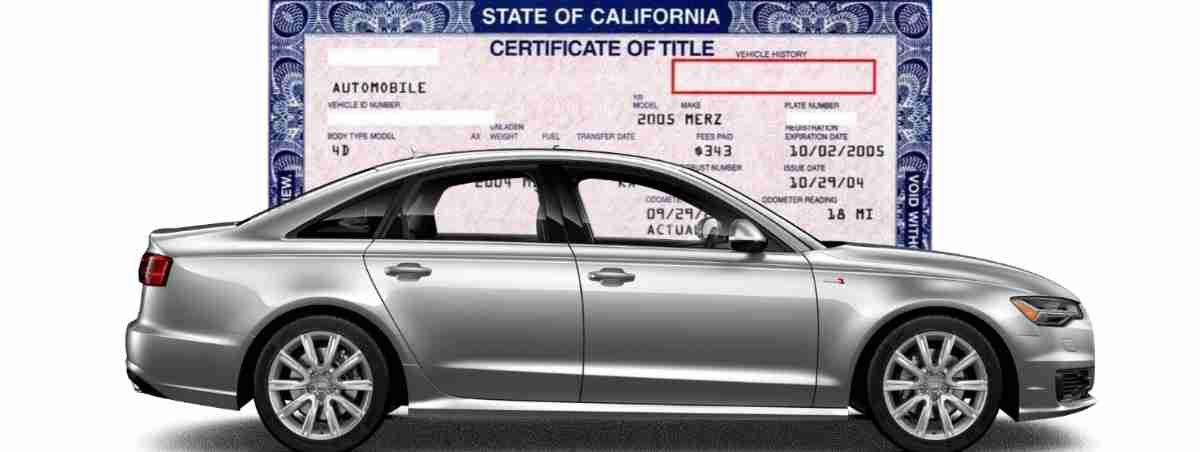It’s often said that you can’t remove a lien on a car, which may be an overstatement. In this regard, this article explains how to remove a lien on a car legally.
In most cases, you have a lien on your car because you owe on it, making the car collateral. It could be that you financed the car or the tow operator impounded your car for a time and put a lien on it. Whatever the case, when you make or complete the payment, the lien is removed.
However, merely paying the debt may not be the only time you have to remove a lien on a vehicle.
What is a Lien on a Car?

A lien is defined as an interest in a car granted by another person (the registered owner – dealership, bank, credit union, etc.), collateral or security for uncompleted payment, until completed. For example, if financed a car – part or all of it, with a lender, a lien is registered against it by the lender or financial institution.
A car with a lien is the ‘security’ of the lender or financial institution reserved until you complete the loan payment. If you fail to complete payment on the car, the lending party repossesses it, typically using a repo man.
In essence, when a lender lends money to a car owner, he/she becomes a partial owner of the car because it is not registered in their name. To put a lien car in your name, you must remove the lien; otherwise, the motor vehicle agency will not register the car in your name. Meanwhile, learn the hack to get out of financed car without penalty.
Requirements to Remove a Car Lien
States may have slightly varying requirements for removing a lien on a car. However, the difference is not wide. Below are the general requirements to remove a lien on a car title:
- A signed over or duplicate title
- A release of lien letter (and/or any other notification from the current lienholder)
- A completed Application for Title form (the form name varies by state).
How to Remove a Lien on a Car
The traditional way to remove a lien on a car is to complete the payment. So, you can’t necessarily remove a car lien on a car not registered in your name.
Below are the ways regarding how to remove a lien on a car:
-
Pay Off the Debt
The first thing you do is to pay off the debt on the car. The reason is that you are a partial owner of the vehicle with limited authority over it because the car is registered in the name of your lender. Moreover, the lender can repossess the car if you default.
In most states, the lienholder has between 5 and 10 days to release the lien after you complete the payment. For liens recorded on a paper title, the lienholder will mail the title to your address. However, if the lien was recorded electronically, your state DMV manages the title record remains electronically. The lienholder will notify you immediately the lien is removed from the car. When a lien was recorded electronically, the lienholder must coordinate with the DMV to remove the lien from their records. You do not have to do anything on your part until the previous lienholder informs you of the lien release.
-
Use the Mechanic Lien
Some states allow the placement of a mechanic lien on a car, so you can go to court. To get started, however, you do not necessarily have to contact an attorney in your state to explain the procedure. Get a mechanic to file the lien on the car in court, and you’d be notified after completing the payment.
-
Buy a Surety Bond
Suppose the lienholder or the registered car owner does is not available to sign over the title, you can buy a surety. The cost of a surety bond is usually about 1-15%. Read our explanatory surety bond article to learn about a bonded title.
Before you buy a surety bond, make sure the car is not a stolen car. Otherwise, the owner might turn up eventually to claim the vehicle against you. However, after 3-5 years, you can legally own the car or become the new lienholder. To get a surety bond certificate, the car must pass an emission test (depending on your state), theft inspection and you must possess the bill of sale or related paperwork for the car.
Note that not all states allow bonded titles. However, many states allow using bonded titles.
-
Request a Court Ordered Title
Alternatively, you can request a court ordered title. Some states that allow court ordered title include Indiana and Ohio. To learn more about the court ordered title, refer to our extensive court ordered title explanation.
-
Sell the Car to a Third Party
Regarding how to remove a lien on a car, you can sell it to a third party. However, you must set up a meeting between the buyer and the lienholder, including yourself. The buyer must accept to become liable for the loan payment and the lender must be willing to sign over the title.
The problem with this option of lien removal is that it may be difficult to find a buyer willing to pay the sales price of the car. Of course, you’d lose money following this option. The reason is that if the car costs $30,000, you need a buyer to pay the same amount. However, no buyer would want to pay that amount since the car is now a used car.
Nonetheless, you may apply this option in cases where the lienholder is a tow company, repair shop, or title loan lender, or pawn shop. The buyer may still need you to communicate with the lender for multiple reasons.
-
Register the Car in Your Name
After an agreement with the lienholder on how payment would be made or completed, the lienholder signs over the car title and you register it in your name.
In most states, you can remove a lien by submitting the release of lien form or other notification by the lienholder and the title signed over by the lienholder. You’d pay a processing fee, typically $20-$30.
Final Thoughts
Note that you can’t sell a car with a lien without paying off the loan. Depending on the situation, you could always have the court remove the lien so that you can register the car in your name. When applying for the removal of lien, use original copies of your documents.


